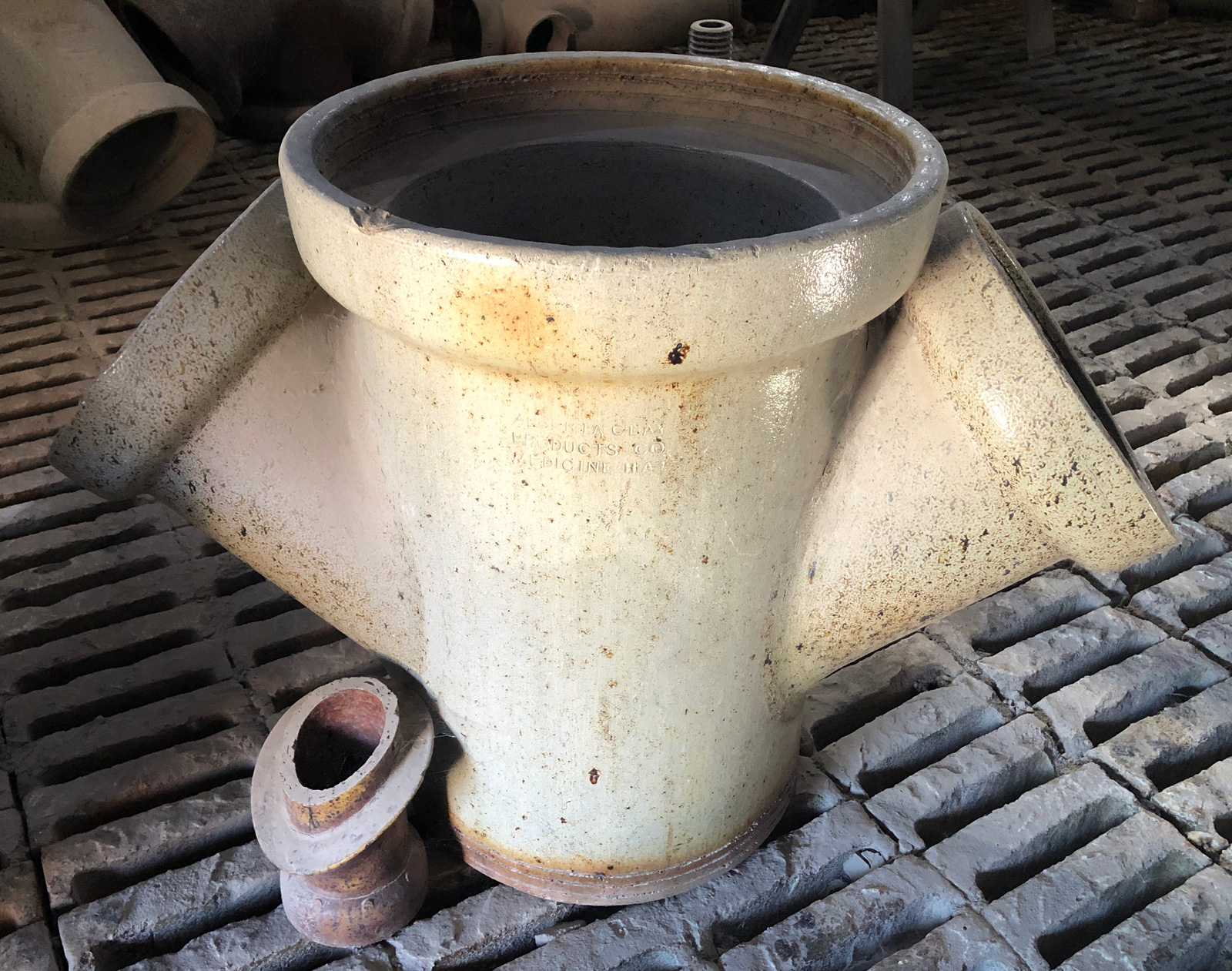Our Ceramic Manufacturing Heritage
The repository of the research and studies of Ron Getty, a long-time and prominent historian of the ceramic industrial history of southern Alberta and Medicine Hat.
It is time to do it again
A diversified large-scale ceramic industry once employed thousands of people in the Redcliff and Medicine Hat area. One of the manufacturers is still here, thriving, having a longer history than any other. And the energy and clay resources are still here!
We need their work ethic and drive
In 1928 Medalta Potteries had 40,000 one-gallon crocks in stock! And they made a dozen sizes and could fill boxcars to the roof with them! And they made hundreds of other products. And were just one company operating here!
We have things they did not
New tools, processes, equipment, and materials now put capability into the hands of small companies and even individual potters and craftsmen. It's time to stop basing our economy of buying and selling houses and start making things again.
